Event Review: CTM Festival
XLR8R offers our five takeaways from this year's "New Geographies" edition.
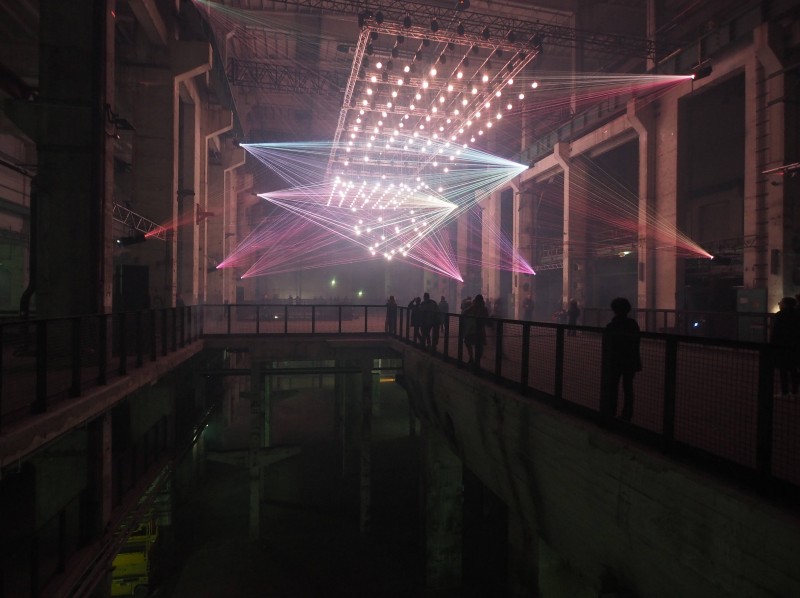
CTM is a festival dedicated to contemporary electronic music, digital and experimental music, “as well as a diverse range of artistic activities in the context of sound and club cultures.” Established in 1999, the annual Berlin event—which takes place in conjunction with the Transmediale festival—consists of a diverse evening music program alongside various installations and panels that take place each day.
This year’s “New Geographies” edition—spanning January 29 to February 7— focused on examining “today’s rapidly collapsing borders and emerging new topographies.” The objective, according to the festival, was to “to reflect recent artistic, social and technical developments in music culture.” Having scanned the program in advance of the avant-garde opening concert directed by Rabih Beaini—one of the the guest festival curators—events of particular note included Hatsune Miku‘s “Still Be Here”performance, Vincent Moon‘s “Ritual” installation, a much-anticipated “Seismographic Sounds” exhibition, and the “Deep Web” show, as presented by Christopher Bauder and Robert Henke. Reflecting on these highlights, and many others, here are XLR8R‘s five takeaways from CTM 2016.
Hatsune Miku’s “Still Be Here” show was overhyped.
Launched in 2007 by Crypton Future Media, Hatsune Miku (which translates as “first sound from the future”) is a Japanese fictional character—portrayed as a 16-year-old girl—who has steadily become a virtual pop star, amassing over 2.5 million followers on Facebook alone. Given that Laurel Halo was named as one of the commissioned artists to provide her own musical interpretation of the cyber-celebrity’s persona, the XLR8R team were excited for the “Still Be Here” performance, scheduled for two sold-out shows at Haus der Kulturen der Welt on the final weekend of the festival.
However, despite all the hype, it’s hard to consider the showcase anything more than a letdown. Ignoring the fact that the start of the performance was delayed by almost an hour—a flaw that had become something of a festival standard by this point—the confusing “collage methodology” used to illustrate the star’s “multiplying realities” was utterly ineffective. While attempting to highlight the various aspects of her reality, the array of voices from the artists commissioned to provide their unique take on Miku’s identity resulted in a strange concoction of sounds and visuals. In addition to this, Halo’s own much-anticipated soundtrack was far from exceptional, a mediocrity only complemented by the accompanying choreography. The length of the show must also be mentioned: Committed fans, who had paid good money and flocked from far and wide, it seems, were left visibly disappointed at the under an hour-long presentation.
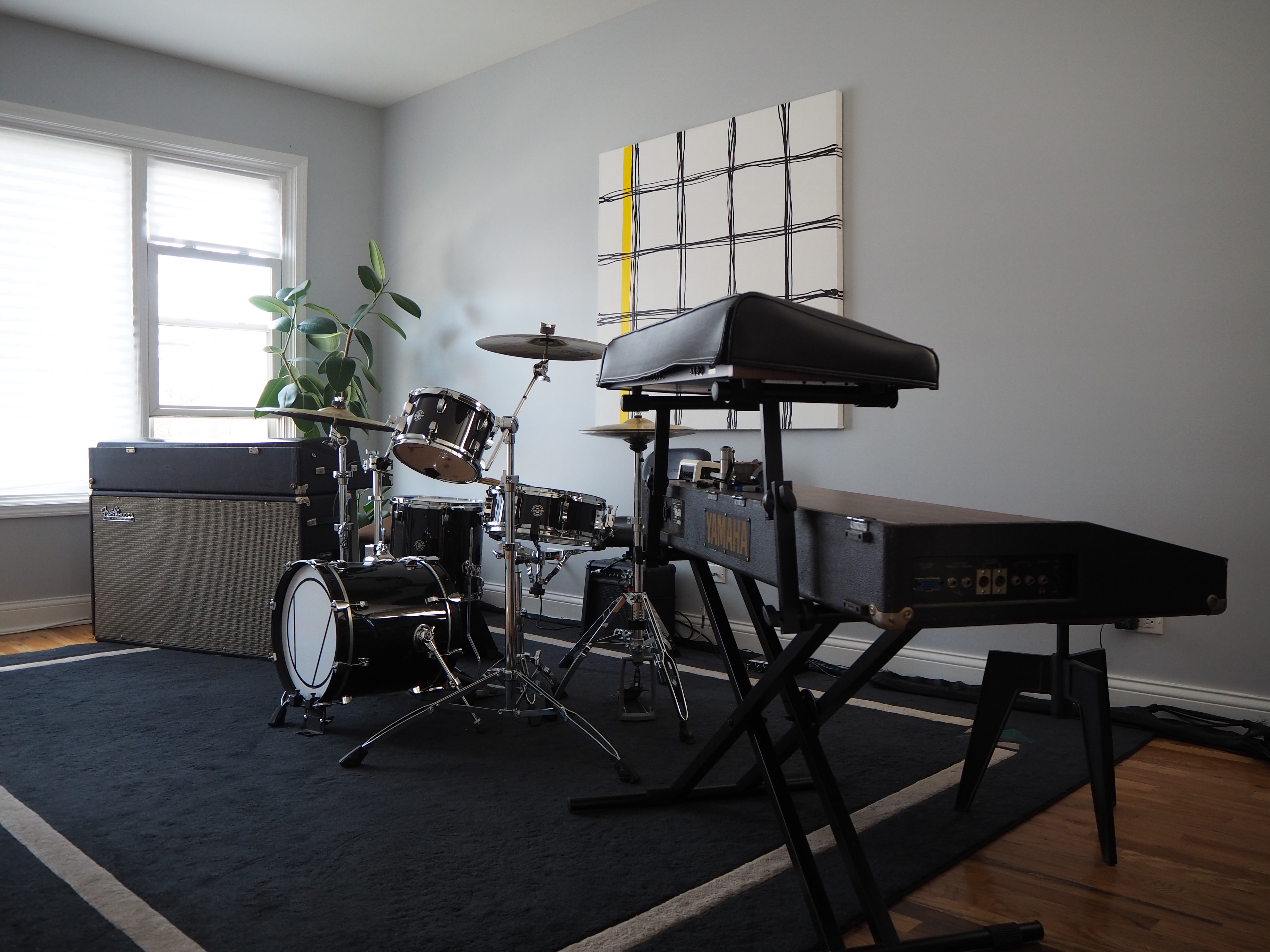


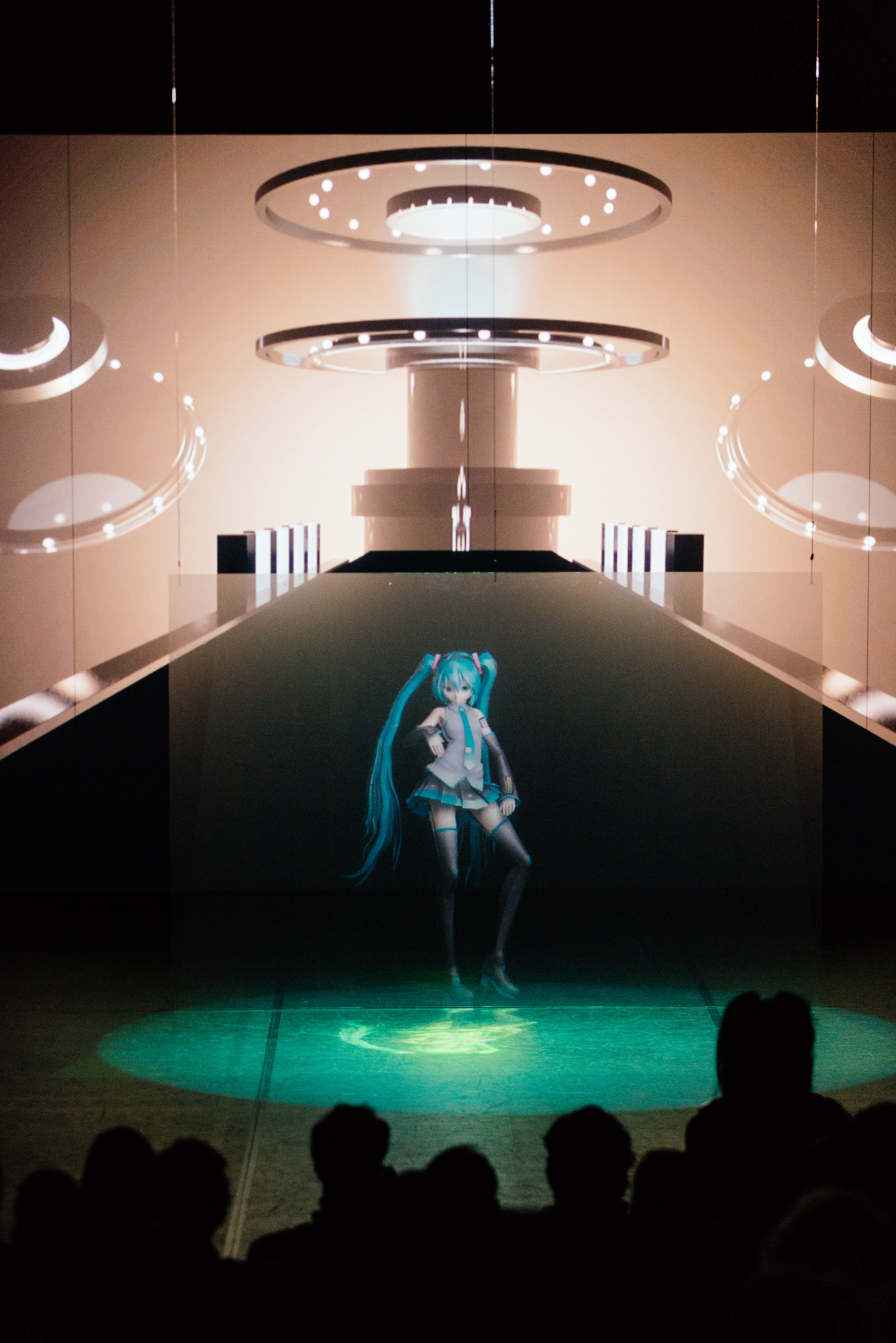
Pauline Oliveros always inspires.
Besides her RA Live Exchange and meditation hour, American composer, accordionist and humanitarian Pauline Oliveros performed twice during this year’s edition. Having attended several of these events, it was hard not to leave feeling inspired by her ongoing legacy. Held on the Thursday evening of the festival, her Coordinates IV concert was a particular highlight for the XLR8R team. In contrast to many of the other shows at this year’s festival, the stripped-back nature of this concert allowed a more intimate experience. Mazen Kerbaj‘s interchangeable trumpet mouthpieces, all on display on a table beside him, added an interesting element to the performance by allowing him to create a wide range of improvised sounds and textures.


Deep Web exceeded expectations.
Interaction designer and media artist, Christopher Bauder, and German composer and musician, Robert Henke (also known for his productions as Monolake,) came together to create Deep Web: an audio-visual installation and performance, presented inside the impressive Kraftwerk building, a former power-plant located in the Mitte district of the city, that formed the perfect backdrop to the fully immersive experience.
Though it appeared blissfully simple, the production, which was comprised of 175 mechanical spheres and 12 high power laser systems, was undeniably complex. Supported from a large architectural structure hanging from the roof, the various spheres were illuminated by blasts of multi-coloured laser beams, choreographed in a kinetic dance juxtaposed against the imposing darkness of the space. The effect was to transport us into a futuristic and seducing universe, a transition only facilitated by Henke’s multichannel musical score that ran in perfect synchronicity with the dancing rays of light. It was, by all accounts, the real coup of the entire festival.


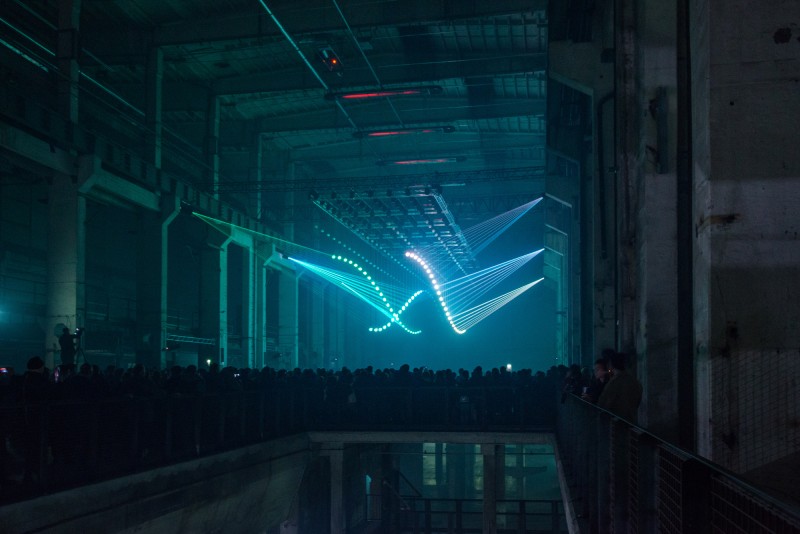
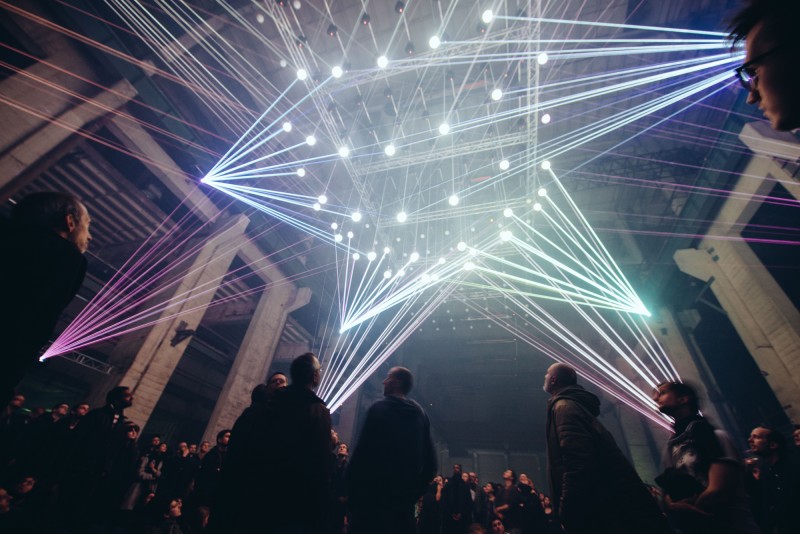
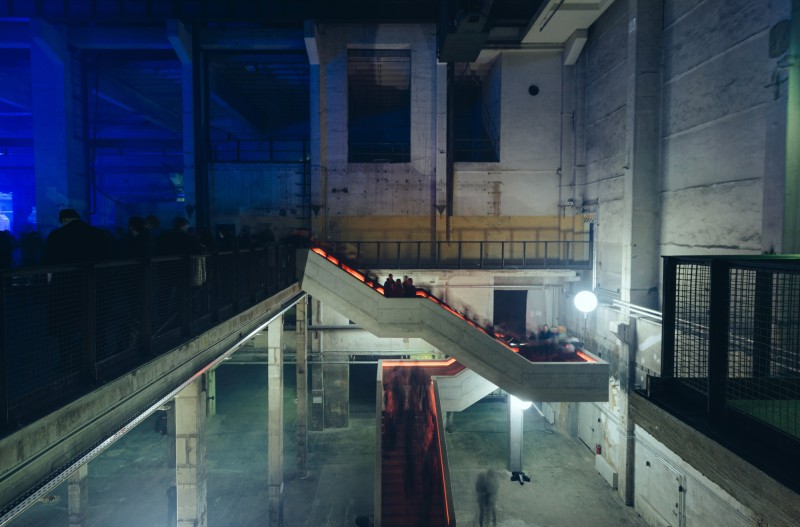
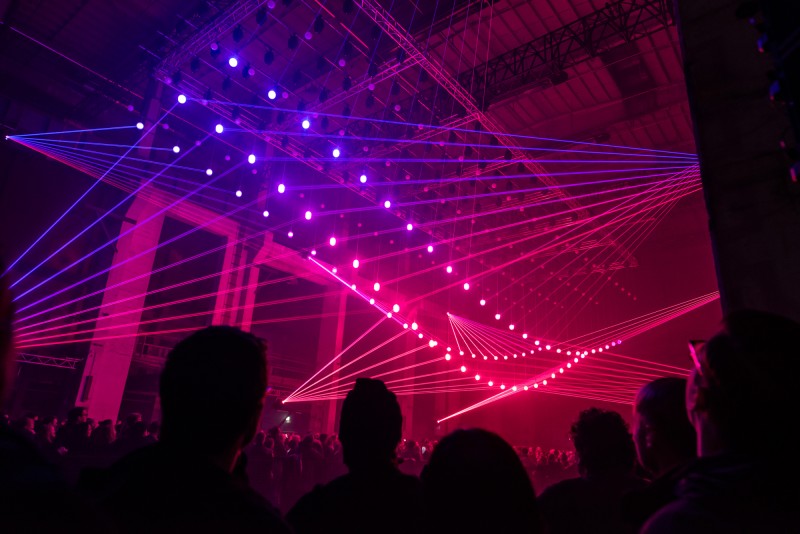
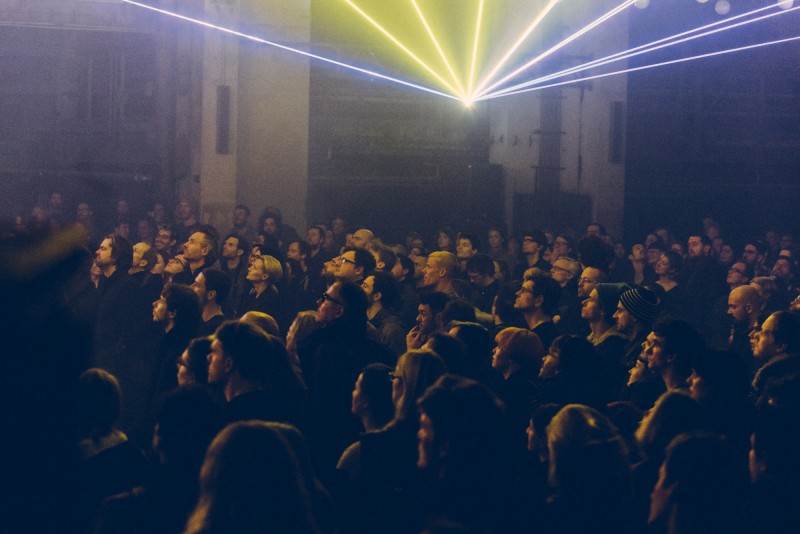
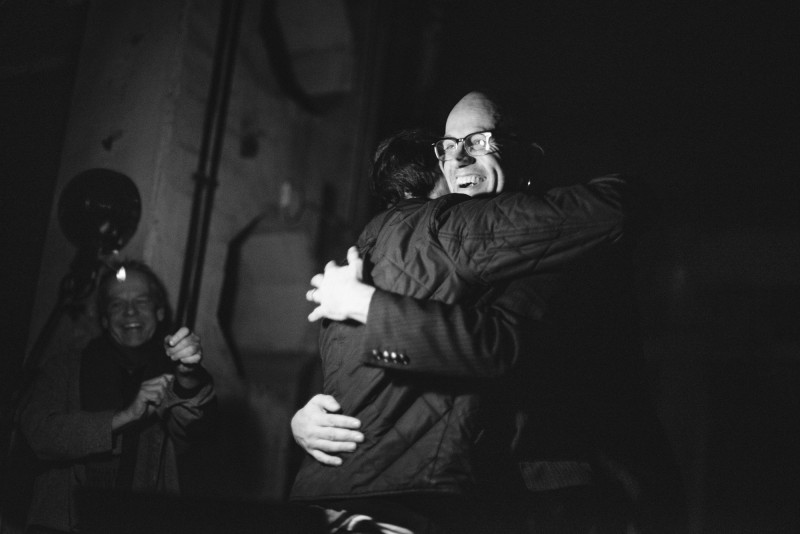
CTM Strikes a good balance between hedonism and art.
Complementing the wealth of workshops and artistic showcases were a number of notable parties. A rare Panorama Bar back-t0-back from Rødhåd and Ateq kicked off this year’s festival, preceded by performances from Buttechno (who recently delivered an XLR8R podcast), André Bratten and more. Other late-night showcases were hosted at Watergate and Berghain, including sets from Kassem Mosse, Lena Willikens and Visionist; Nina Kraviz unexpectedly turned up when Baris K withdrew due to illness. Closing the festival was Sam Shepherd (a.k.a Floating Points), following the release of his wonderful debut album at the end of last year. (His “Silhouettes 1, 11, 111” track recently featured as our number one choice of 2015.) Although presented with a good turnout, Shepherd’s performance was nothing new or exciting, resulting in little more than a passable distraction.
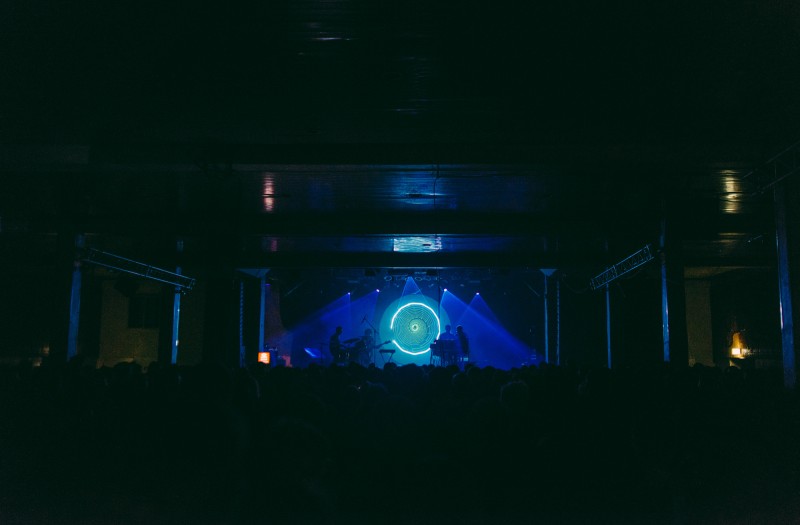
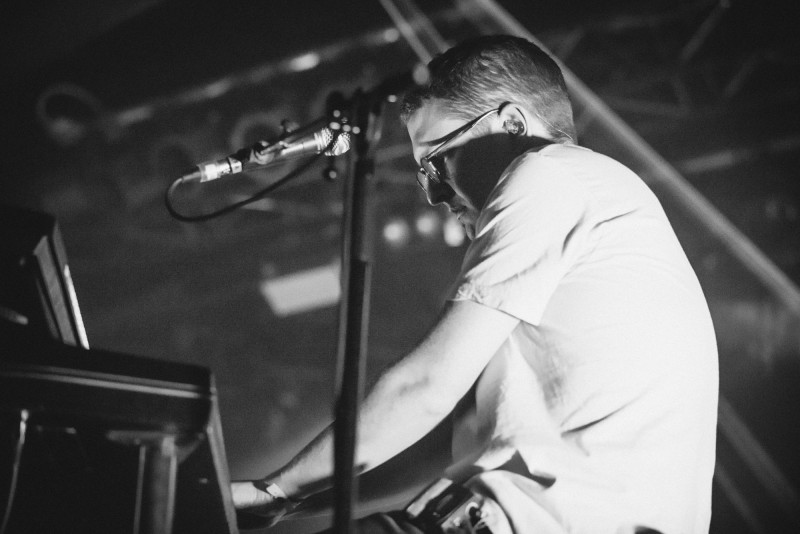
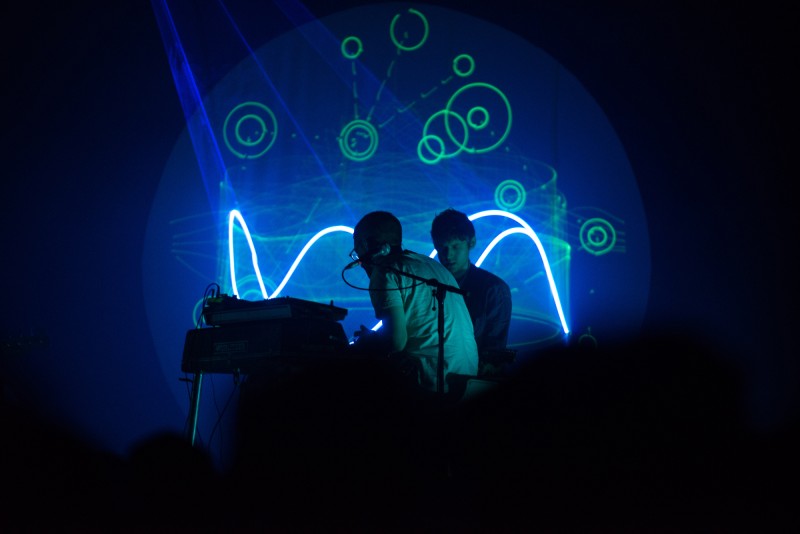
Lasting thoughts.
Reflecting on the festival as a whole, it’s hard to deny that CTM achieved it’s objectives: Wandering around any one of the numerous events, both the vast amount of nationalities in attendance and onstage is striking. It’s always intriguing to see how large-scale festivals address their objectives, and witnessing CTM’s commitment to supporting forward-thinking music and visual artists is something to be noted. In this sense, the annual event must be credited for providing a reliable platform on which these art-forms can be experienced. Having said that, for a festival in its 17th year, it must be noted that the all-around organization is something that can certainly be greatly improved upon. On several occasions, we were made to wait for long periods for shows to start, and were twice denied entry on the basis that the show was oversubscribed—despite arriving ahead of the official start time. For those who take pleasure in adventurous music and art, this year’s CTM will most certainly have been a source of great enjoyment—but the organizers should take care in refining the event if it is to maintain the strong reputation that it currently holds.

